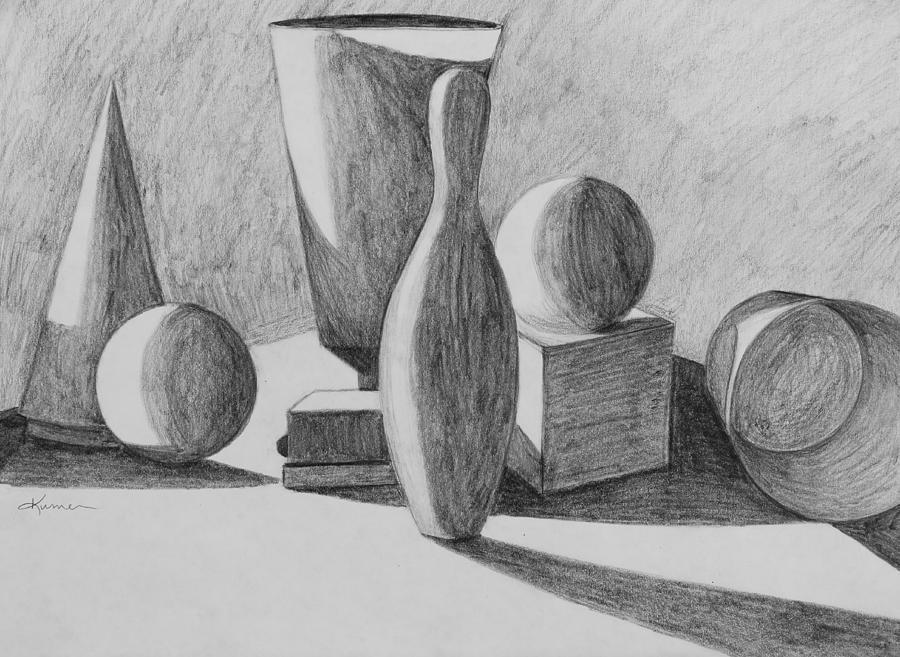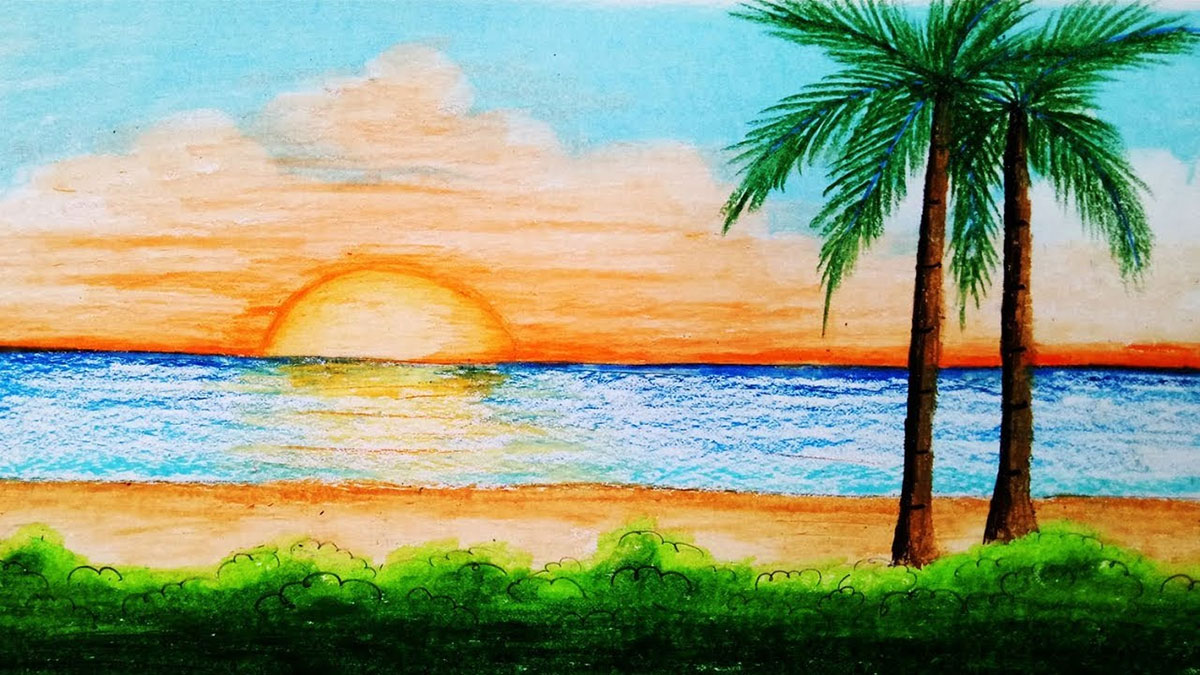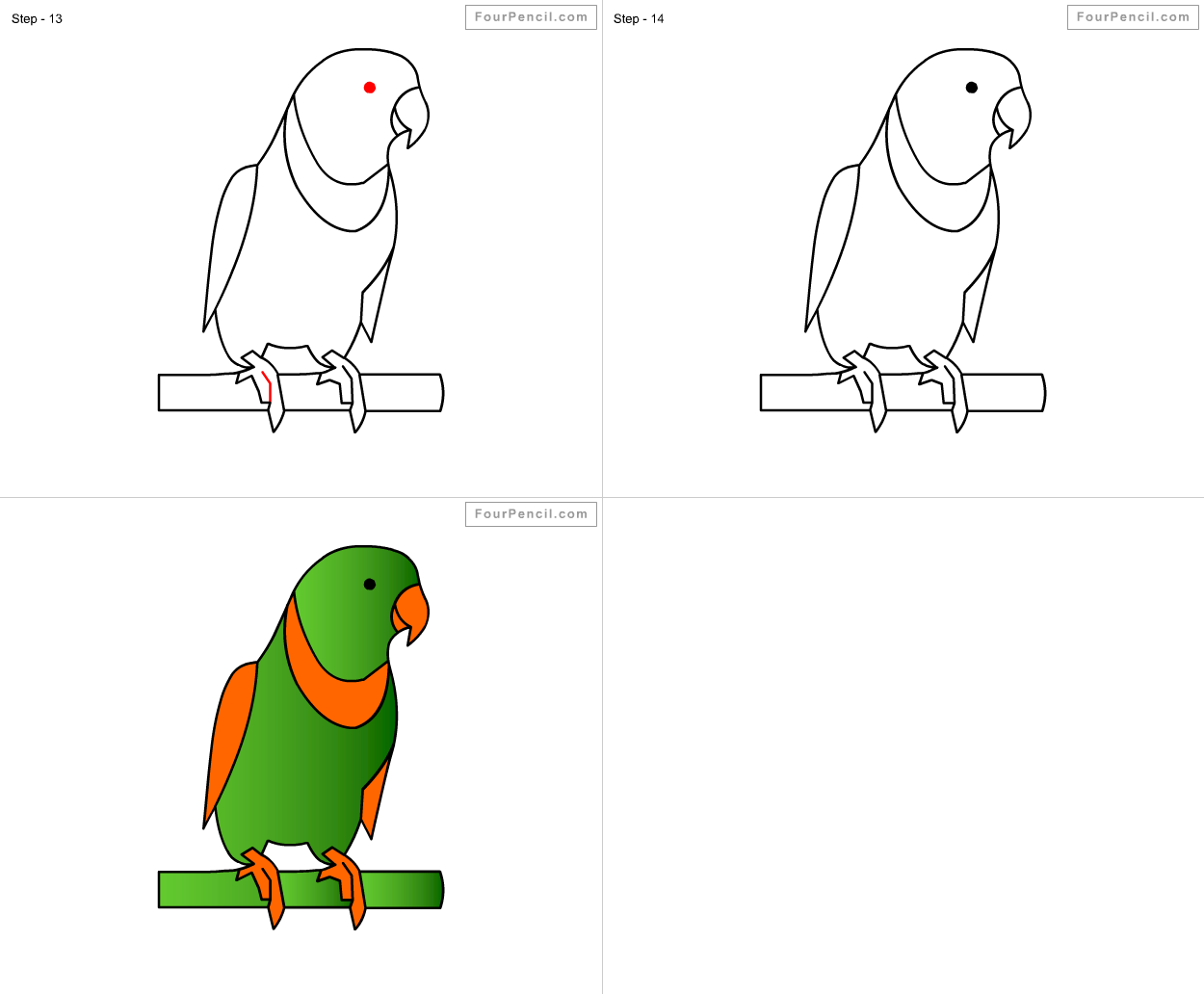How to draw rendering for makers 4 steps with pictures
Table of Contents
Table of Contents
In the world of art and design, rendering drawings can be a challenge. The ability to create realistic and detailed images is a highly sought-after skill, but it can be intimidating for beginners. With the right techniques, however, anyone can learn how to render drawings with confidence and ease.
Pain Points related to Rendering Drawings
Before diving into the process of rendering drawings, it’s important to understand some of the potential difficulties and frustrations that can arise. For many artists, achieving the perfect perspective, shading or color balance can be challenging. Additionally, knowing when to stop adding details and finishing a rendering can be a tricky balance to strike.
Answering the Target of Rendering Drawings
First and foremost, it’s important to have a solid understanding of the basics of drawing itself. This includes concepts like perspective, proportion and composition. Once these essentials are in place, artists can then begin to focus on the specific techniques of rendering.
When rendering, it’s often helpful to work in layers, starting with a light sketch of the overall image and then gradually adding more detail and shading. Understanding how to use light and shadow to create depth and dimension is key, as is developing a good sense of color theory and color blending.
Key Points on How to Render Drawings
To summarize, some key points to keep in mind when it comes to rendering drawings include:
- Mastering the basics: From perspective to proportions to composition, understanding the cornerstone concepts of drawing is essential before moving on to rendering.
- Working in layers: Starting with a light sketch and gradually adding detail and shading can help build a more complex and realistic image.
- Using light and shadow: Learning how to use these elements to create depth and dimension is a must for any artist looking to render their drawings well.
- Color theory: Understanding how to blend colors and use them effectively can help take a rendering to the next level.
How to render drawings: Personal Experience
For me, one of the key lessons in learning how to render well has been to practice, practice, practice. I’ve found that by regularly setting aside time to work on my rendering skills, I’ve been able to gradually improve and take on more complex projects with greater confidence.
Another important factor has been taking the time to study the work of other artists and designers, particularly those who excel in rendering. From watching tutorials to attending workshops, learning from others can be incredibly helpful in refining my own skills and techniques.
Tools for Rendering Drawings
In terms of tools, pencil and paper are certainly essential for any artist learning to render. However, other options might include digital drawing tablets, high-quality colored pencils, and specialized software for digital rendering.
A particularly useful tool that many artists enjoy is a quality set of markers, which can be used to create bold, vibrant renderings. Experimenting with different tools and techniques can help artists develop their own personal style and approach to rendering.
Practice Makes Perfect: Tips for Improving Your Rendering Skills
Some additional tips for improving your rendering skills might include:
- Set aside time to practice: Even 10-15 minutes per day can make a big difference in the quality of your rendering work.
- Experiment with different tools and materials: Trying out new markers, pencils, and other materials can help you find the ones that work best for your style and vision.
- Study the work of others: Analyzing the styles and techniques of other artists can be a great way to expand your own visual vocabulary and find inspiration.
Question and Answer
Q: Do you need to have natural artistic talent to be good at rendering?
A: While some people may have a natural aptitude for visual art, almost anyone can learn to render well with enough practice and effort. The key is to approach it as a craft to be learned and refined, rather than a talent that you either have or don’t.
Q: How do you know when a rendering is “finished”?
A: This is a challenging question for many artists, as it can be difficult to know when to stop working on a piece. Some signs that a rendering might be finished include feeling satisfied with the level of detail and shading, achieving the desired sense of depth and dimension, and feeling that you have effectively conveyed the mood or tone you were aiming for.
Q: What are some common mistakes to avoid when rendering drawings?
A: Some common mistakes to watch out for when rendering drawings might include overworking a piece, failing to use light and shadow effectively, and getting too caught up in small details without paying attention to the overall composition and flow of the image.
Q: Can you learn to render drawings even if you have no formal training?
A: Absolutely! While formal training in art and design can certainly be helpful, many artists have honed their skills and developed their own personal style through self-study and practice. With resources like online tutorials, artist communities, and a wealth of instructional books and videos, there are many options for people interested in learning to render on their own.
Conclusion of How to Render Drawings
Ultimately, rendering drawings takes both patience and practice. With the right techniques and tools, however, anyone can learn how to create beautiful, realistic renderings that bring their artistic visions to life. When starting out, it’s important to focus on the fundamentals of drawing itself, including perspective, proportions, and composition, before moving on to specific rendering techniques. With dedication and a willingness to experiment, anyone can become a skilled rendering artist.
Gallery
Rendering 2 Drawing By Kume Bryant | Fine Art America

Photo Credit by: bing.com / rendering drawing kume bryant drawings 4th uploaded september which sketch fineartamerica
How To Draw Rendering: For Makers: 4 Steps (with Pictures)

Photo Credit by: bing.com / rendering drawing draw drawings
SKETCH & DRAW: How To Draw Complex Spaces 141109 Pen Rendering

Photo Credit by: bing.com / drawing complex rendering pen draw techniques perspective point architecture multi spaces space drawings architectural building sketch sketches google au paint
Jessica Ettinger: Rendering Techniques

Photo Credit by: bing.com / rendering techniques different drawings chair
Rendering Tips By ~Smirtouille On DeviantART | Digital Painting

Photo Credit by: bing.com / rendering tips digital painting tutorials drawing deviantart tutorial smirtouille photoshop character process color draw paint inking sketchbook robaato pro visit





